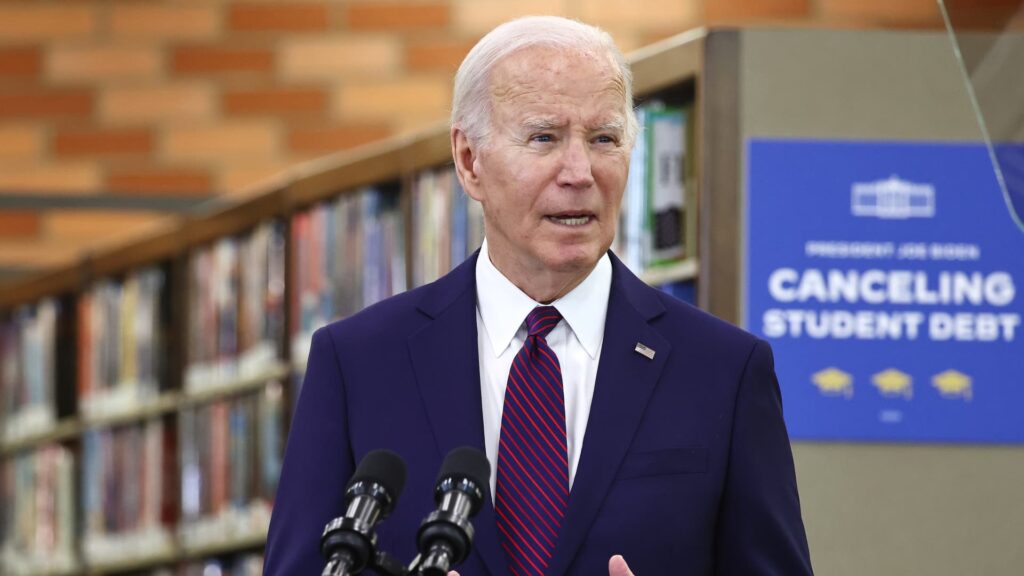President Joe Biden and his administration are continuing their efforts to provide student debt relief to as many borrowers as possible.
After the Supreme Court ruled against Biden’s plan for mass debt forgiveness last year, the administration began the process of enacting forgiveness through a different legal pathway — by amending the Higher Education Act through a process known as negotiated rulemaking.
At this point in the process — which involves a number of discussions with various stakeholders including borrowers, advocacy groups, lawmakers and more — the rulemaking committee has identified five groups of borrowers who should be considered for debt relief. Borrowers who meet one or more of the following criteria would be eligible for debt relief under the current proposal:
- Owe more than they borrowed
- Have been repaying loans for 20 years or more
- Attended institutions that haven’t demonstrated successful student outcomes
- Are eligible for loan forgiveness but haven’t applied
- Are experiencing financial hardship
The committee reached consensus at its earlier meetings for how loan waivers should work for all the groups mentioned except those experiencing financial hardship. It struggled to come to an agreement on how to define hardship that would render a borrower eligible for relief.
As a result, the administration extended negotiation talks and added sessions in February to address the question of hardship. The committee came to a consensus on the issue at its final session on Feb. 23.
A proposed draft regulatory text will soon head to the Federal Register where the public will have the opportunity to comment and provide feedback before the new legislation goes into effect.
The proposal would give the Secretary of Education the power to waive federal student loan debts for borrowers facing hardship that “is likely to impair the borrower’s ability to fully repay the Federal government or the costs of enforcing the full amount of the debt are not justified by the…
Read the full article here





